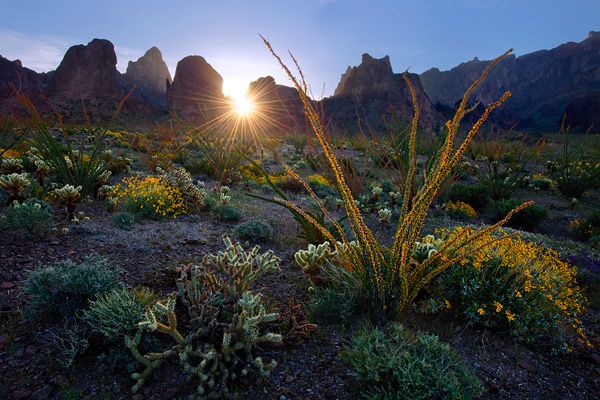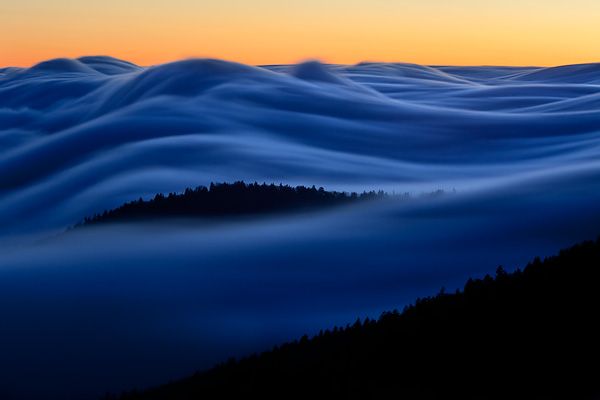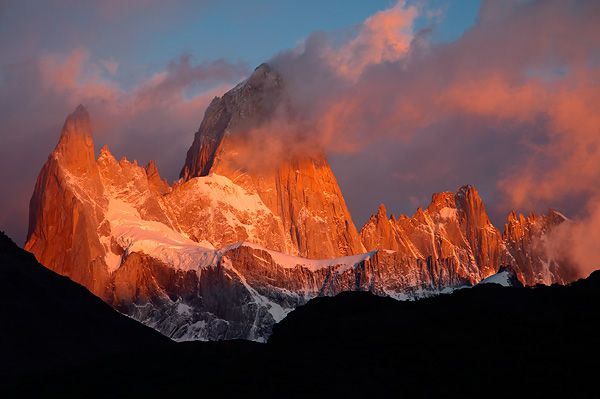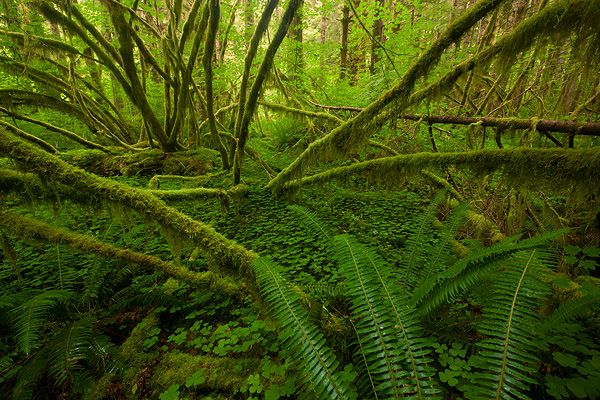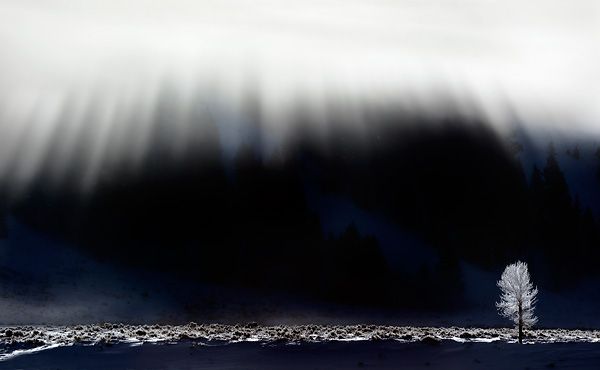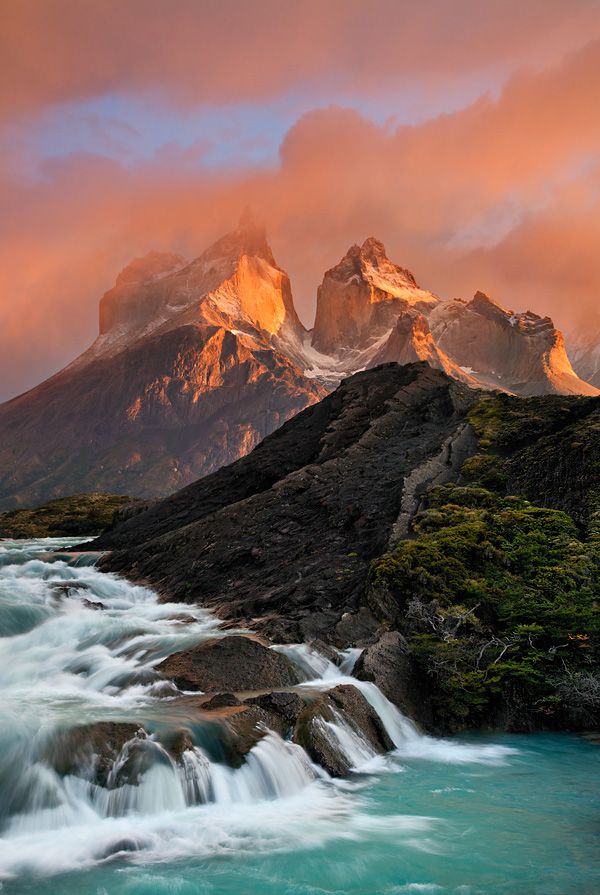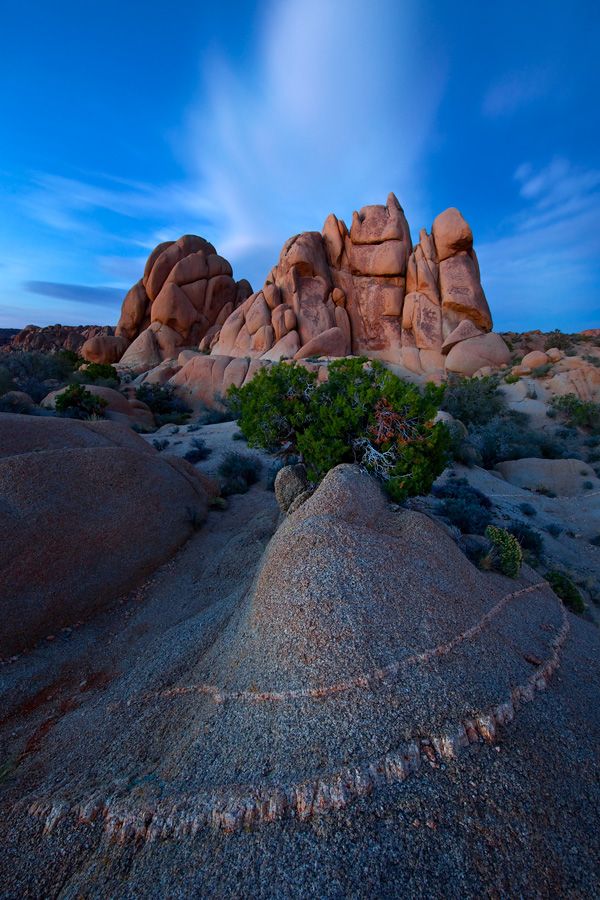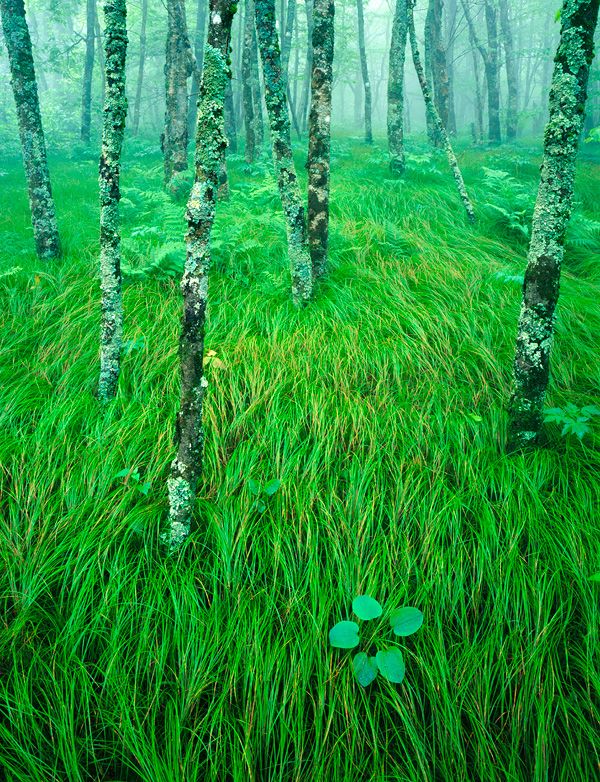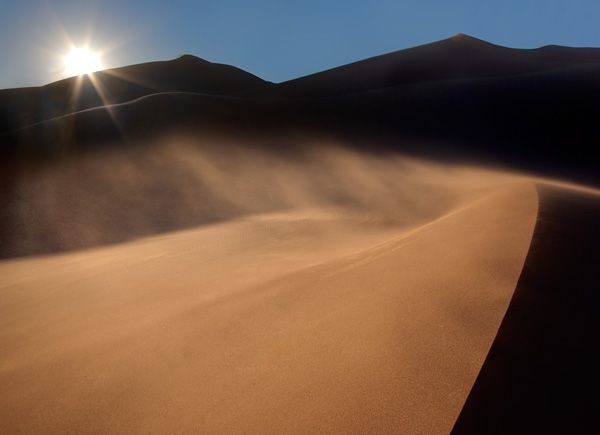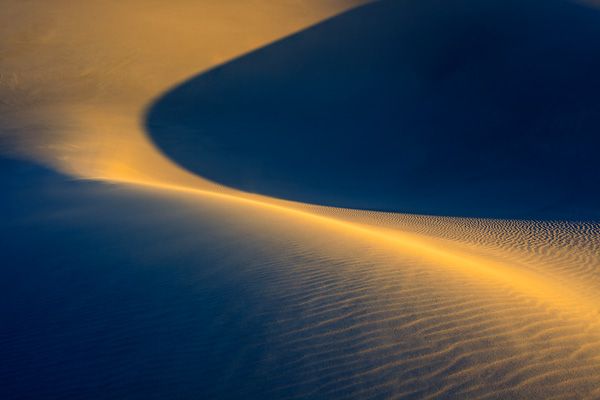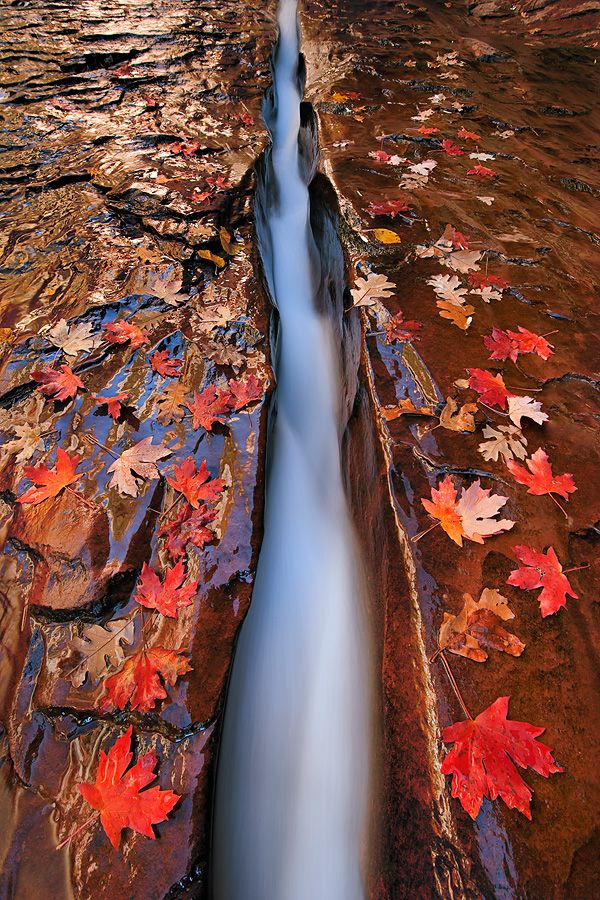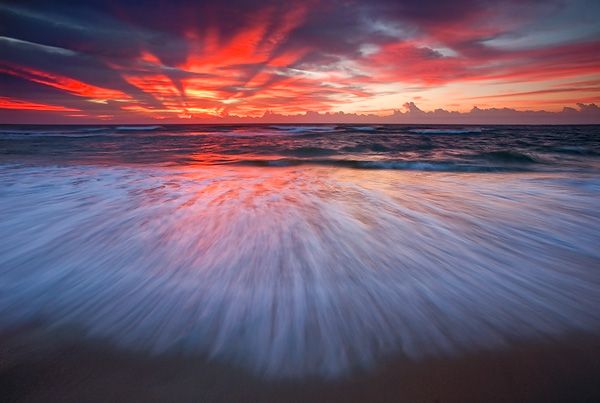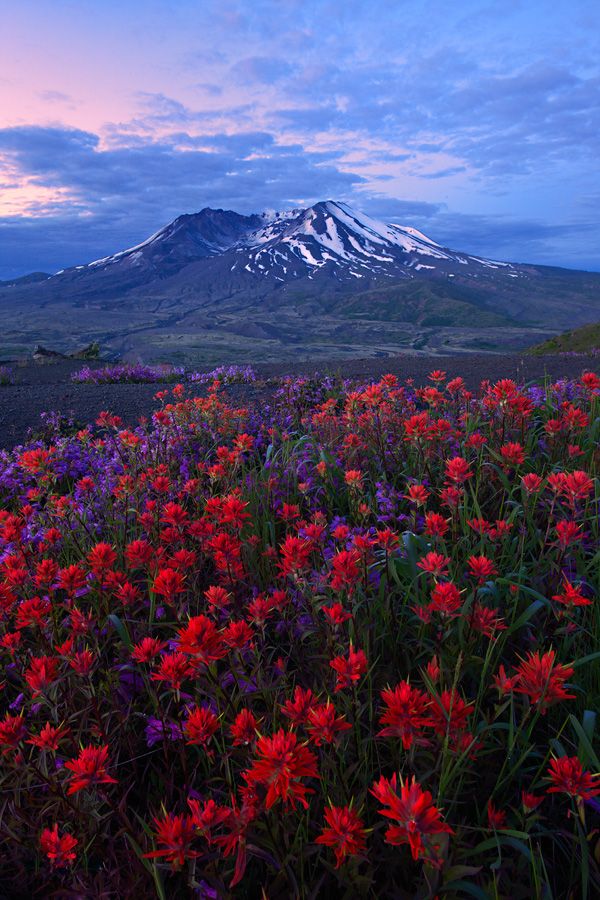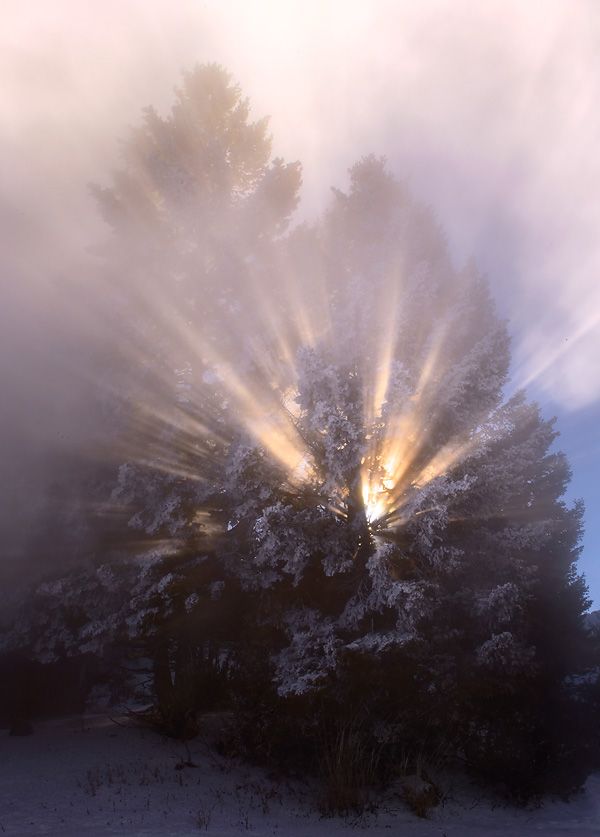Dreamscapes by Ian Plant
Ian Plant has been photographing our natural world for over fifteen years. His photographs and instructional articles have appeared in an outstanding number of books, calendars, and magazines. The Washington Times said "Plant's sensational lens work . . . is a smash hit." Most recently, Ian leads several nature photography workshops, digital photo tours, and online classes.
Ian Plant DREAMSCAPES are photographs that move beyond the literal, transforming subjects into something unexpected by rendering the familiar in an unfamiliar way. Ian used a combination of pre-capture techniques to create this set, including long exposures, light painting, low light photography, and non-traditional compositions.
We had the privilege to get a interview from this fantastic nature photographer. So don't hesitate to check it below among the thrilling set of dreamscapes.
Tell us about something about Ian Plant Photography?
I’ve been photographing our natural world for almost twenty years, and I’ve been a full time professional photographer for the past seven years. I’m a regular contributor to several photo magazines, including Outdoor Photographer and Popular Photography, and I write a regular blog column for Outdoor Photographer online. I’m the photographer and author of eight print books, as well as a number of nature photography instructional eBooks and video tutorials. I also lead several nature photography workshops and tours every year.
Can you make a brief description on the pictures in this set?
These photographs are part of my “Dreamscapes” portfolio. The concept of “Dreamscapes” sums up my whole philosophy of photography. I strive to create images that move beyond the literal, transforming subjects into something unexpected for the viewer by rendering the familiar in an unfamiliar way. I’m always looking for the right combination of composition, mood, and light to produce stunning photographs.
What’s your creative process like?
My process involves working with exceptional light and natural moments, the study of movement over time, and non-traditional compositions. I find myself increasingly pushing away from literal interpretations of nature scenes, striving instead for more abstract means of expression.
Composition and mood are vital to my work. Good composition is essential because it is necessary to present a coherent theme to viewers. Mood is what makes a photograph relatable to viewers, and it creates an emotional connection that is critical to the success of an image. A photograph that is all composition and no mood ends up being sterile and will cease to move viewers. For nature images, weather plays a central role in creating mood. Stormy weather is my favorite; I pay special attention to the shapes formed by clouds in the sky and how they relate to shapes and textures in the foreground. Atmospherics, such as fog or storm clouds, can add a lot to the mood of an image. Convergence and rare events in nature are also important.
Where do you find inspiration and why you like photography?
What I like about photography is its uniqueness as an art form. Photography isn’t like painting, sculpting, or drawing: they all start with nothing—a blank canvas or sheet of paper, or an uncut block of stone—and through the creative thought and actions of the artist, something is produced from nothing. Not quite so with photography; photography springs forth directly from the real world around us, relying on actual light coming from illumination sources or reflecting off of objects and reacting with film or a sensor. A photograph creates a vicariousness that transports the viewer into the scene, tying them to the frozen moment, engaging their interest on an emotional level. In large part, it is photography’s tether to reality that creates this emotional response, and is what gives photography its power to move people. This is a magic that is unique to photography: the magic of plucking a fleeting moment—a real moment—from the living world, and freezing it for posterity.
What are some tips you could give to people that really like your work?
My website is an excellent resource for those who are interested in learning more about nature photography. It features plenty of free information—including dozens of articles and educational posts on my daily photoblog—as well as my line of inexpensive ebooks and video tutorials.
My general advice to people who are interested in nature photography is simple: practice, practice, practice. Nothing beats getting out there and shooting as much as possible—it’s the best way to learn and improve.
Can you name some great photographer that inspires you and why?
Actually, these days, I don’t look to other nature photographers for inspiration. I prefer to study the work of other types of photographers (such as street photographers) and painters. These forms of art, especially painting, have a long tradition, and frankly I think that nature photographers can learn a lot from them.
What can you tell us about your workshops?
My workshops are all about making great photos, learning to explore one’s artistic vision, and above all, having a great time. I try to give participants a sense of what it’s like to be a professional nature photographer—we scout locations looking for good compositions and chase light just like the pros. I try to push people to see the world around them in a different way, and to expand their creative comfort zone. My goal is to have everyone walk away from the workshop with plenty of great images, but even more important than that, a fresh outlook on their creative potential.
What are the challenges to write an ebook about photography?
The ebooks come fairly easily to me. I spend a lot of time thinking and writing about nature photography, and I love to share my process and techniques with others. That said, as with every creative exercise, sometimes it takes a fair amount of time and effort to get an ebook project off the ground. You can’t just force creativity, but rather must allow it to develop organically at its own time and pace. I try to develop new ebook titles at a regular pace, but I have found that it is best to work on them when the inspiration strikes me. Beyond that, my biggest challenge is making sure I have enough quality content—even though I spend quite a bit of time in the field making photographs, I never seem to have enough images to keep up with my blog, magazine article, and ebook needs!
***
Dear Ian, thank you very much for accepting this challenge and help us with the interview. We are more than happy to have you featured here, and we think that your experience, passion and ambition to transform nature snapshots into vibrant dreamscapes is definitely fantastic, and must be an example for aspiring nature photographers.
